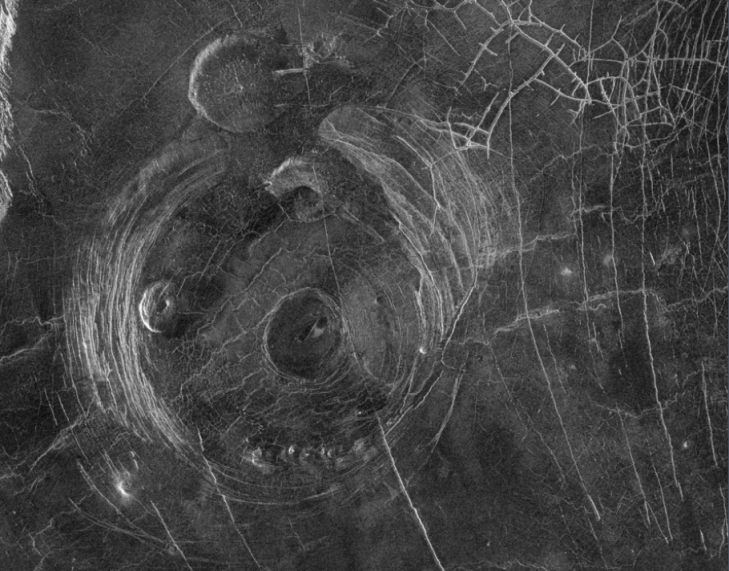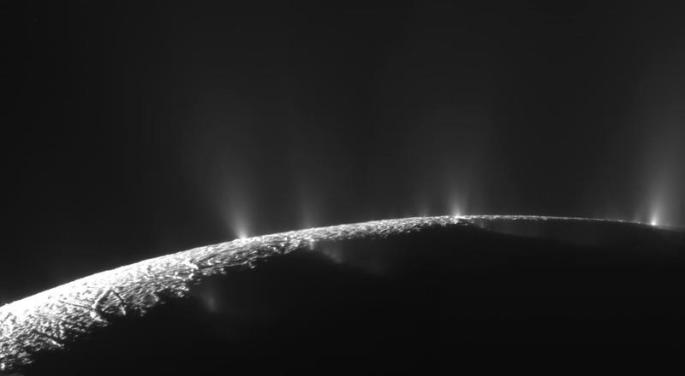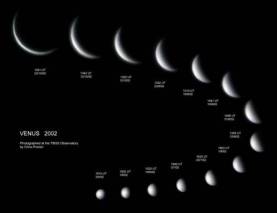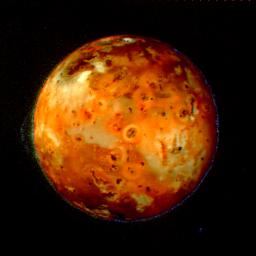
A new study may explain these strange looking ring patterns on Venus’s surface. These geological markers are called coronae and occur when plumes of hot molten rock rise up and disturb the cooler material above it. The rigid surface is then cracked and molten rock can flow through cracks as magma. Scientists did tests in which they cooled particles of silica in fluid from above to simulate the way Venus’s surface cooled over time; next, they heated up the fluid below, observing the ways in which it rose and disturbed the solid above. Scientists also see evidence of plume-induced subduction, which occurs when the cool, solid rock falls into the cracks made by the hot plumes.
This is very interesting because previously, scientists were fairly certain that Venus had little to no geological activity anymore. It was compared to Earth in many ways, but never in terms of geological processes. This opens up the door for more investigation into how Venus may be more similar to Earth than we originally suspected. This can also teach us more about our planet’s past and formation; Earth could have undergone similar processes because it’s about the same size as Venus.
Mysterious Crown-Like Structures of Venus












